5. Maniac
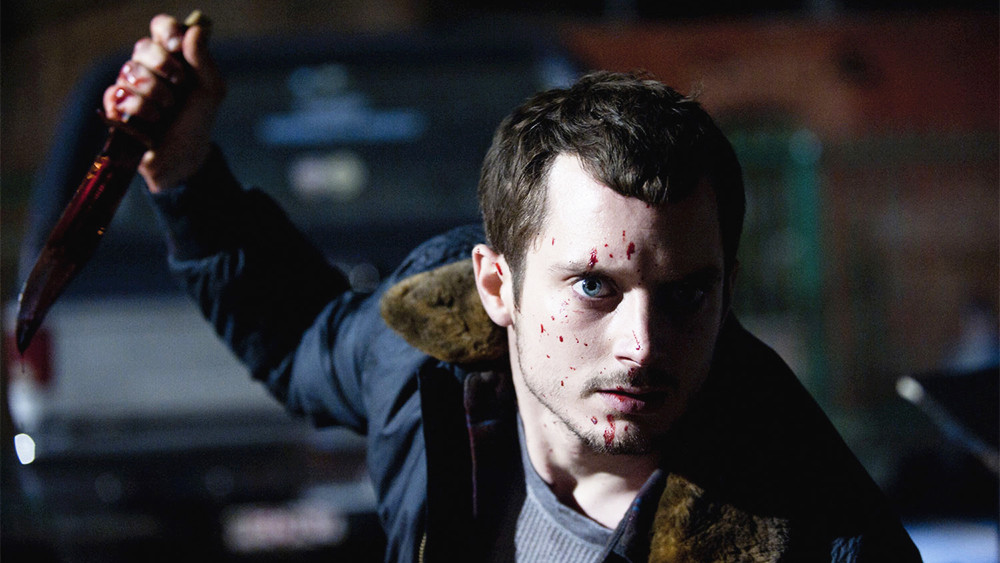
William Lustig’s psychological slasher, Maniac, was considered nothing short of grungy, exploitative trash on its release in 1980. Produced by a group of pornographers, it was film that lacked the craft of an intelligent storyteller, and served no purpose but shock with its use of misogyny and long takes of gratuitous violence.
Yet, it wasn’t so much the subject matter that worked against its success as a horror movie, but rather, contending up against other films in the past that had already explored similar territory with much more care. Lustig’s slasher looked cheap and felt cheap, therefore it didn’t really have much going for it apart from a slightly imaginative back-story and some vicious kills.
Frank Khalfoun’s 2012 remake took Lustig’s idea and turned it into something more profound, unravelling the killer’s story like a character study rather than watching an aimless loner lose control in a straight-laced slasher. Here, the themes of abandonment and loneliness were explored much more deeply, and Khalfoun’s creative decision to shoot 95% of the film through POV shots (as if the audience is in the killers shoes) not only heightened its voyeuristic maliciousness, but also created a greater sense of empathy for the villain. In addition, Maniac (2012) features on the best horror movie scores of the decade to match its experimental visuals.
4. Evil Dead
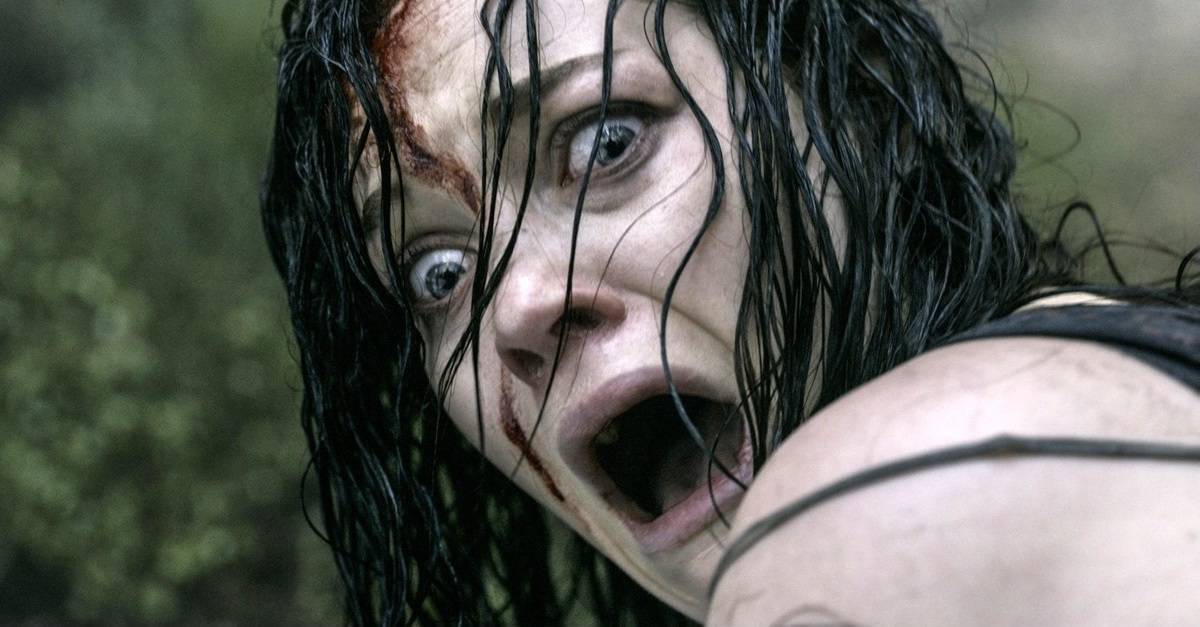
Quite possibly the most difficult argument to settle is whether or not Fede Alvarez’s, Evil Dead (2013), is able to match the subversive lunacy of Sam Raimi’s micro-budget classic, and while most would agree that it doesn’t even come close, what Alvarez’s vision lacks in the gleeful terror of the original, he makes up for in technical efficiency and a feminist twist that’s cleverly integrated with seamless craft. Needless to say, Jane Levy kicks ass as the new-chainsaw wielding heroine!
This is one horror movie that required extra care if it were to be remade, not just because of its enormous cult following, but because it excelled in so many areas that the horror-comedy subgenre has since struggled to execute so effectively. With an evident respect for fans of the franchise, Alvarez uses just the right amount of inspiration from Raimi’s original to give a good old dose of nostalgia, while digging up just enough new ideas to create its own hell on earth, resulting in a gloriously bloody homage.
The thing is, The Evil Dead (1981) is and always will be a classic, but as far as genre standards go, Evil Dead (2013) at its core, is a true blue horror movie rather than a goofily enjoyable one, thankfully sacrificing the outlandish humour from 1981 for good old fashion scares and over-the-top gore to rekindle the devilish flames of its predecessor.
3. The Hills Have Eyes
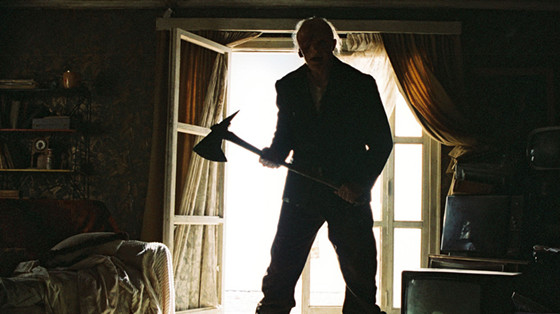
Even for its time, Craven’s original was admittedly half-baked and felt more like a carbon copy of The Texas Chainsaw Massacre (1974) than something of its own world…maybe apart from the odd nuclear mutation and allegorical subtext. Scenes that were intended to be disturbing just came off as clumsy and felt strangely unrehearsed, not to mention, Craven had already covered similar ground with his debut, The Last House On The Left (1972).
The Hills Have Eyes (2006) is unrelenting and downright ferocious, and its no surprise that the man who brought us the goriest movie of 2003, Alexandre Aja, returned to the big screen with Craven’s original idea, injecting the concept full of tension, stylistic gusto and even more macabre brutality that proved just as terrifying as it did repellent for audiences.
This is one of the strongest horror movie remakes for more reasons than just a higher shock value. Aja’s remake features some magnificent cinematography utilising the beautiful desert landscapes, a talented cast whose acting skills are of a much higher calibre, and a bombastic anthem-like score that sneakily highlights the themes surrounding the political status of modern America and the dire consequences of war. It’s not just scary, it’s smart.
2. House Of Wax
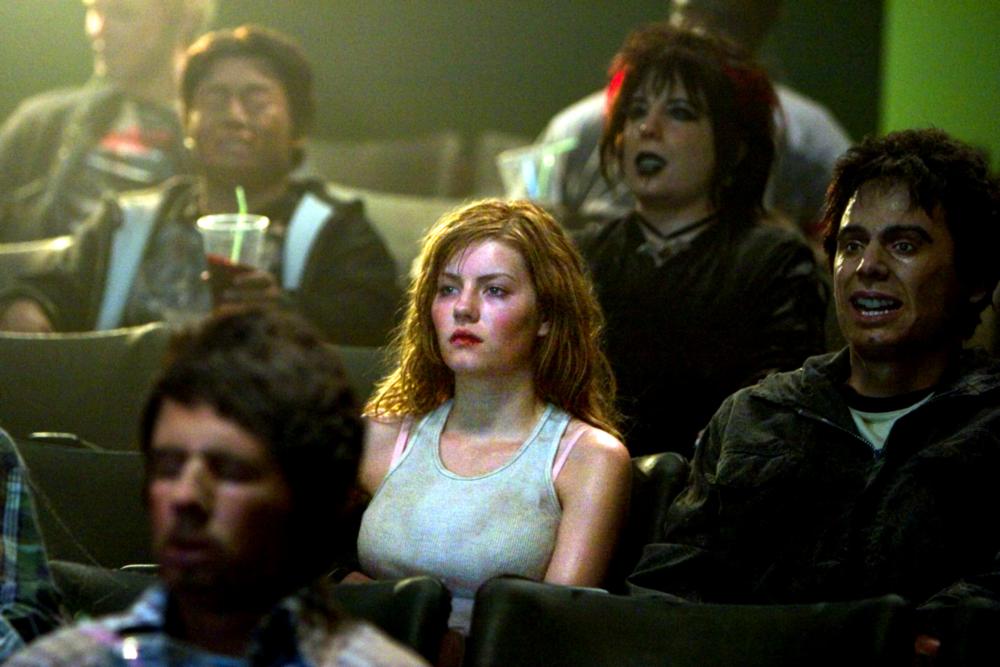
If someone were to ask, “How would you best describe the difference between House of Wax (1953) and House of Wax (2005)?” The answer would be something of the sort: “If 1953 was the family-friendly theme park attraction, 2005 is the adrenaline-pumping rollercoaster that everyone is too scared to ride.” The difference between the two is jarring to say at the least, but Jaume Collet-Serra’s remake really turned it up a few notches, offering equal amounts of genre campiness and gruesome thrills in the process of sculpting something new out of a traditional idea.
Andre De Toth’s spooky outing will forever remain untouchable for its lush cinematography and classical Hollywood charm, yet there’s no denying that the remake delivers much more in the horror department. Yeah, it’s formulaic, and yeah, most of the characters have the IQ of a candlestick, but for something that’s made to scare the hell out of you, it does its job very well.
House of Wax (2005) is a perfect example of a big studio taking something from the dusty shelves of Hollywood archives and giving it a brand new sparkle and shine, using a star-studded cast and impressive production values to recreate a wickedly amusing concept that could only strive for something half as impressive back in the day.
1. Suspiria
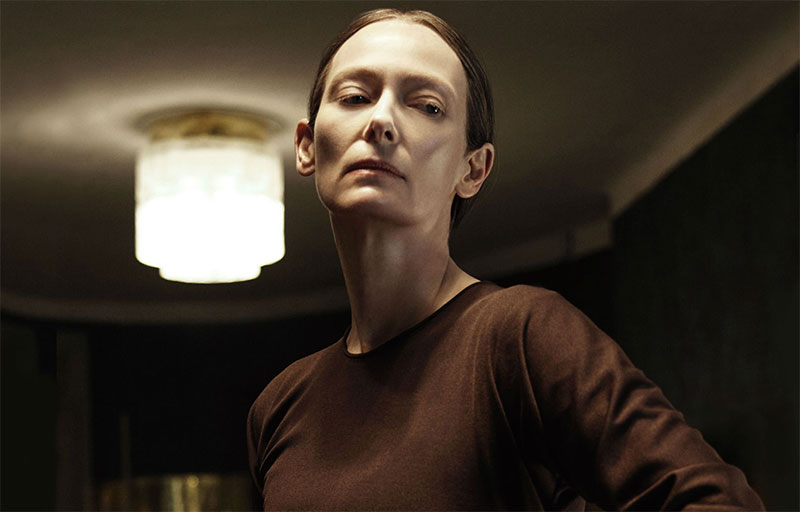
Getting down to number 1 on our list, we must ask the question: what constitutes as a ‘good’ remake? And how much can a director change or keep the same without offending fans of the original? There have been very few filmmakers over the years to find a worthy balance between respect and innovation, but in 2018, all of that changed when Luca Guadagnino took Dario Argento’s Suspiria (1977) by the horns and tackled it with a socio-political angle that divided audiences more than any other horror film in recent memory.
Make no mistake, Argento’s original Suspiria is one of the greatest horror films of the 21st century; a blood-splattered fairytale treasured for its artistically conducted deaths, highly saturated visuals and bewitching score composed by Goblin – it’s a piece of filmmaking so technically distinctive and timeless, it defined a movement of European cinema that still manages to leak its characteristics into modern horror films till this very day.
To think any contemporary filmmaker obtained the skills to take something so influential without tainting its legacy seemed impossible, but Guadagnino did it, reimagining Argento’s vision with his signature elegance, whilst still paying homage to its origins and of course, delivering grotesque, bone-crunching scares.
Yet, one of the biggest concerns for die-hard fans of the original was how the aesthetic elements would be handled by not only a new filmmaker, but a filmmaker who hadn’t explored the horror genre before. Fortunately, Guadagnino refrained from trying to recapture Argento’s colourful nightmare, instead producing a wholly original colour palette complimented by the darkly poetic sounds of Thom Yorke, which set an entirely different tone to what was expected.
Suspiria (2018) does exactly what a remake should do; it takes the bare bones of the original to construct something more socially relevant and narratively challenging for the modern audiences, whilst serving up an entirely fresh flavour of horror that’s classy, thought-provoking and rarely offered in the genre.